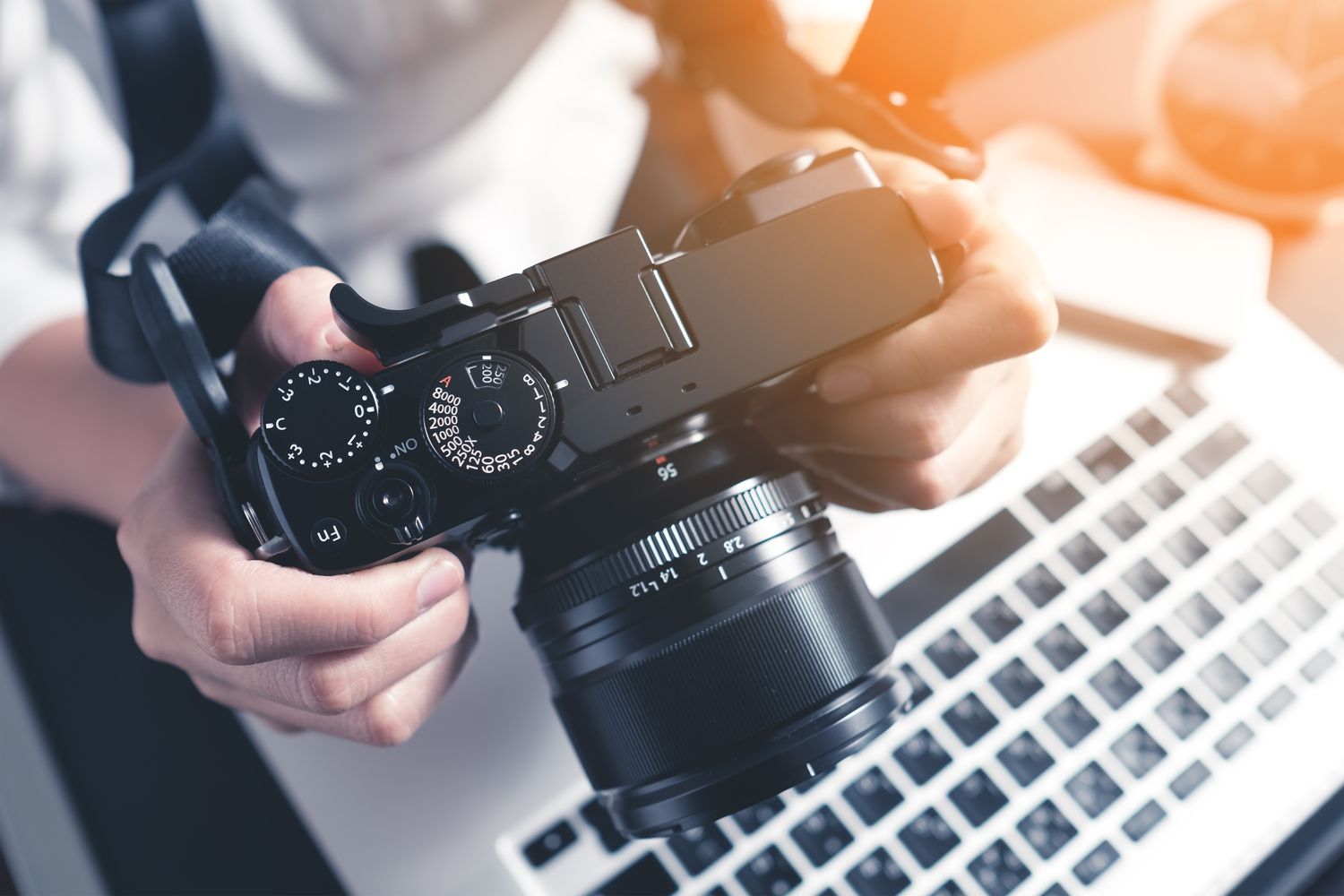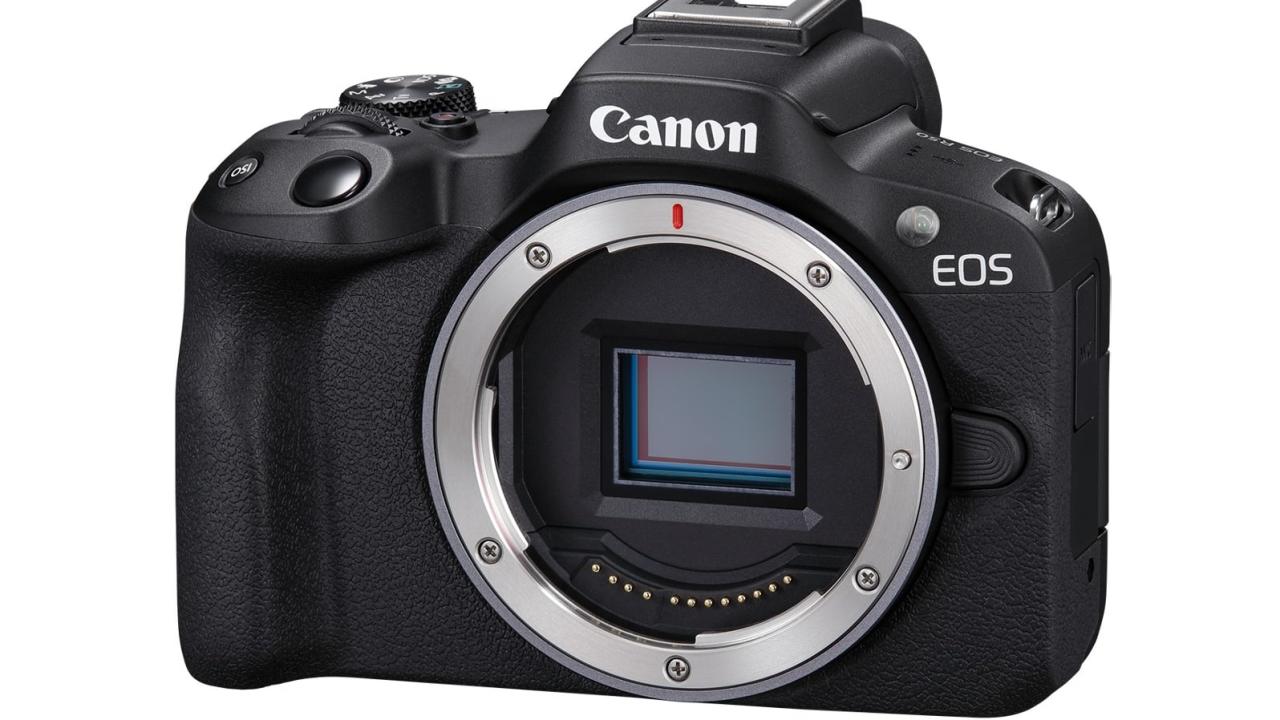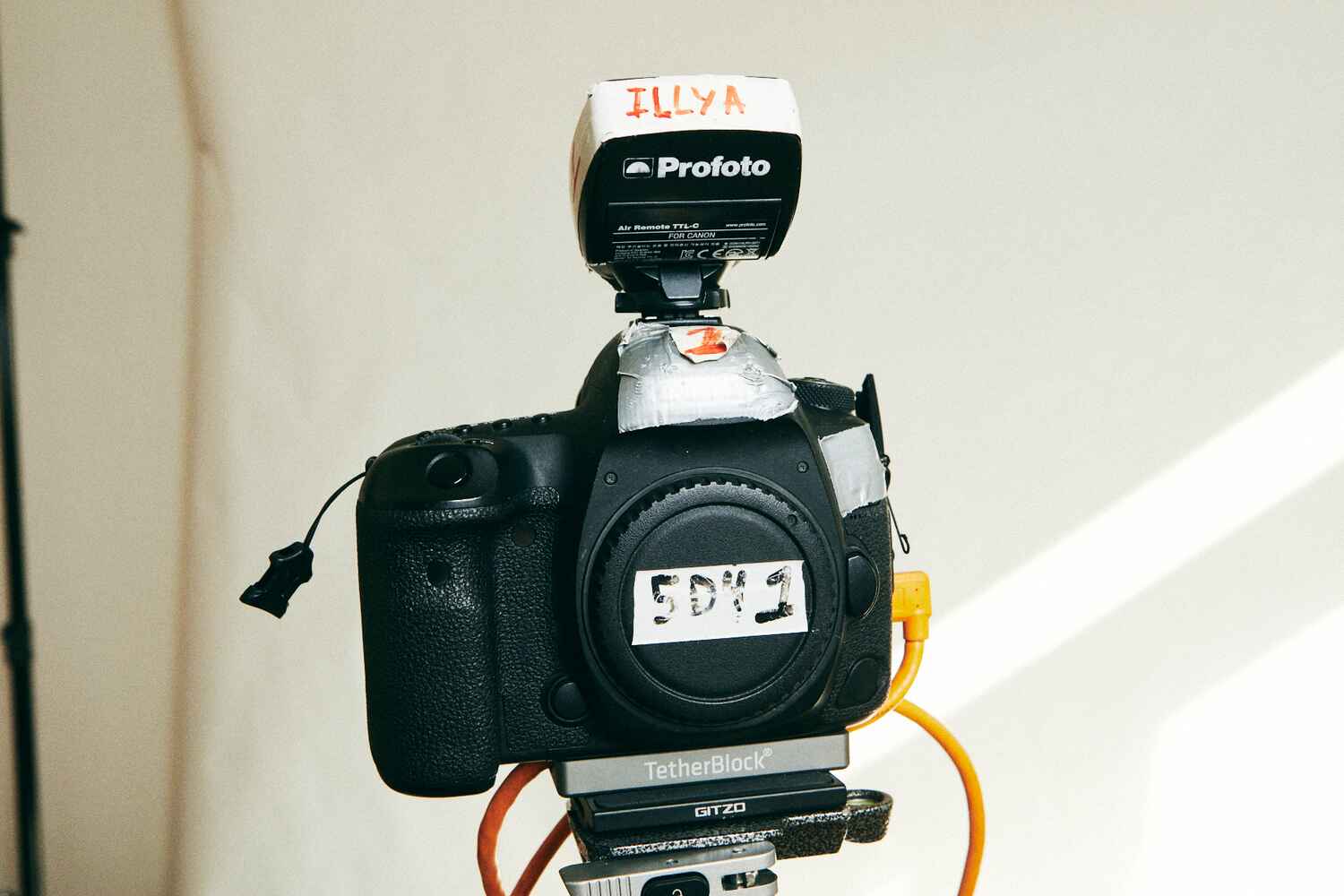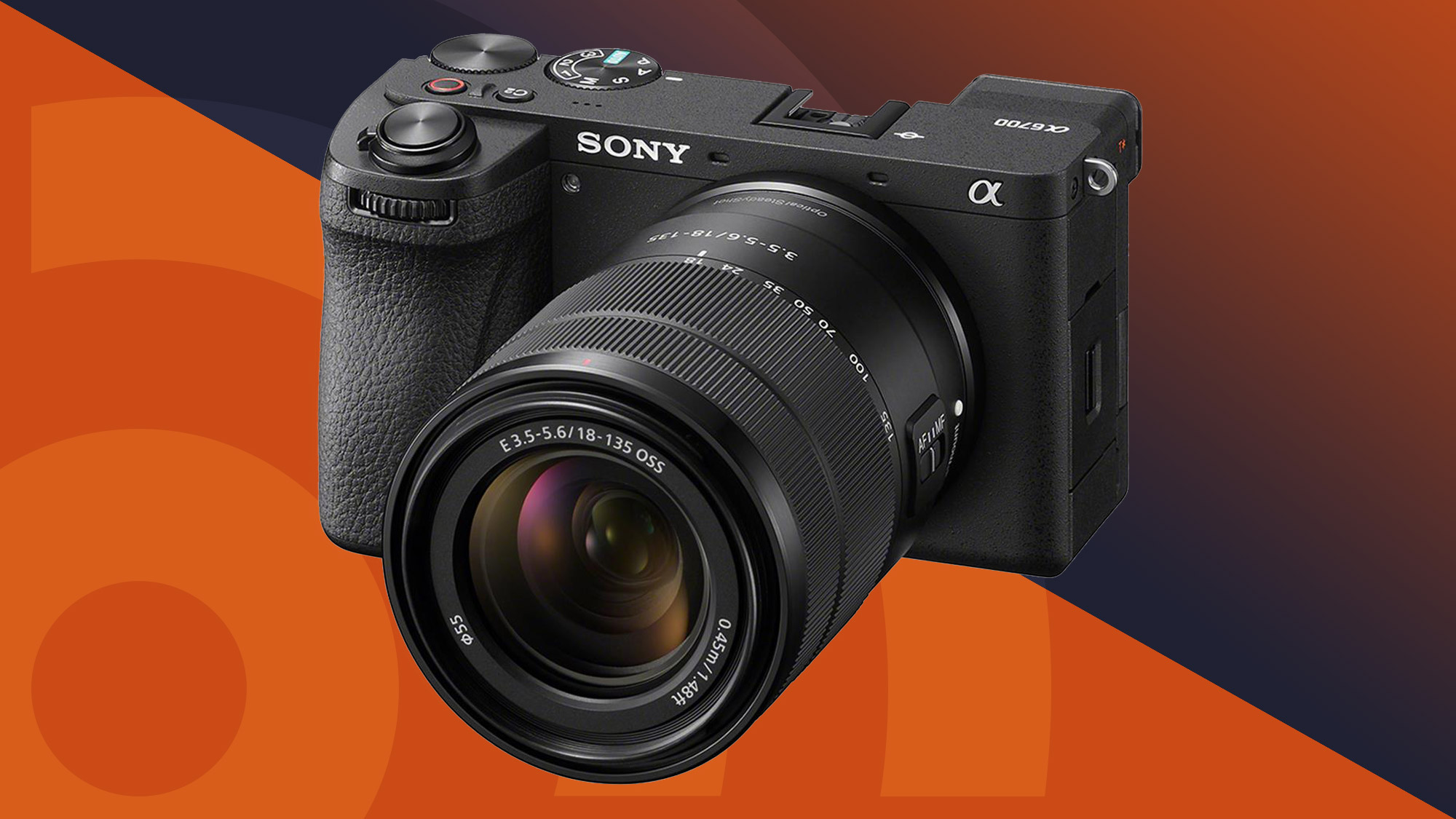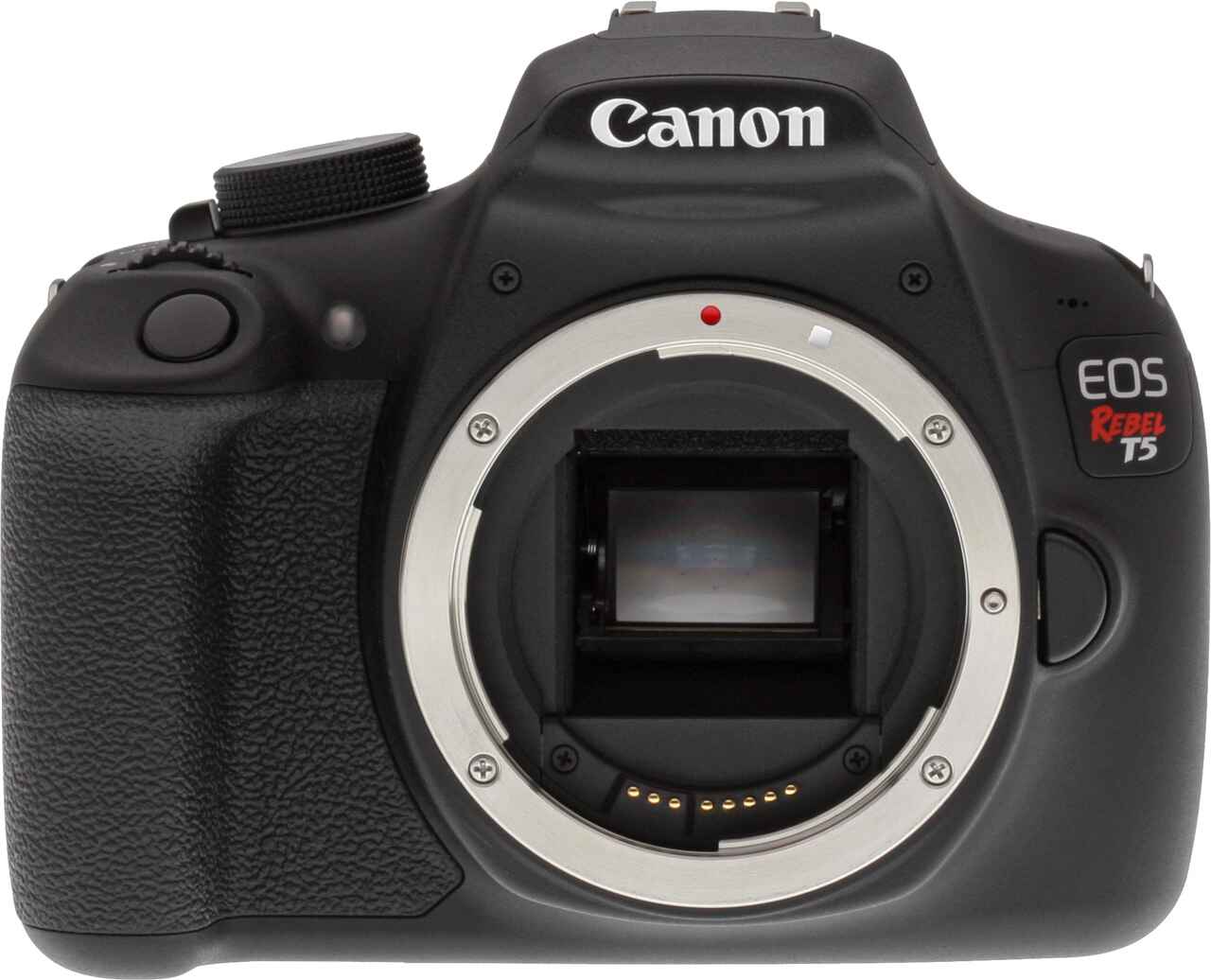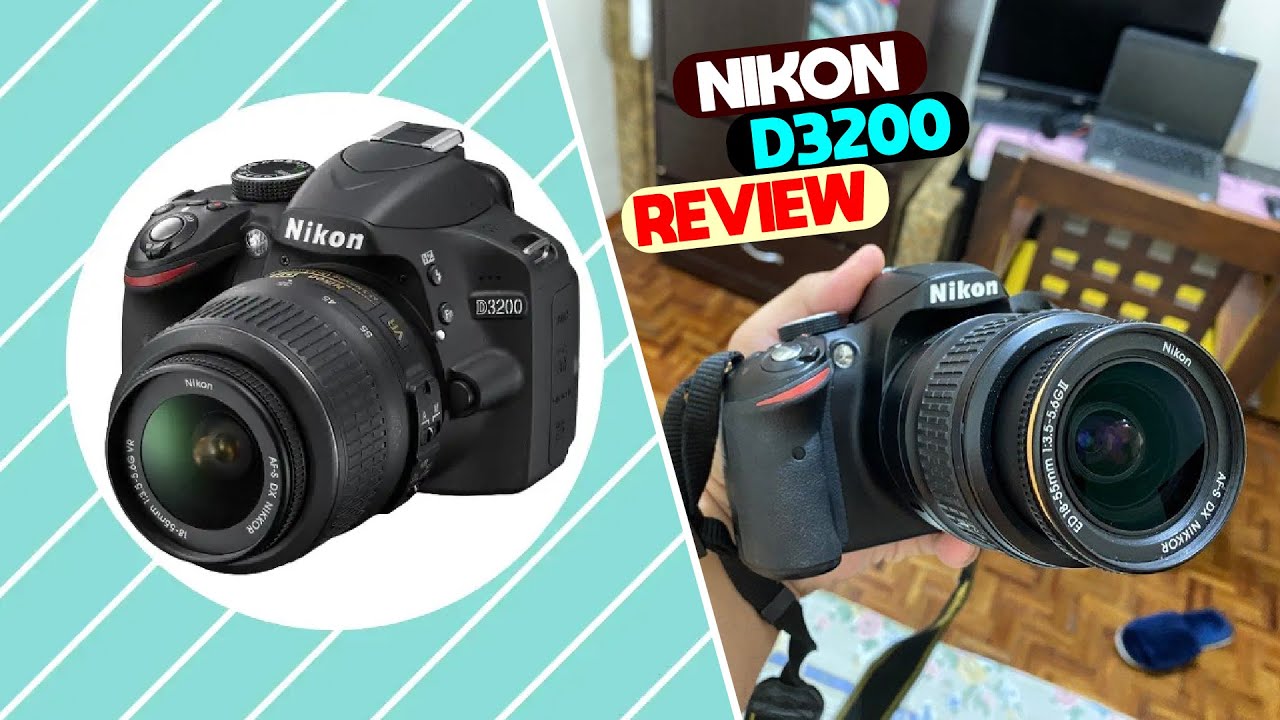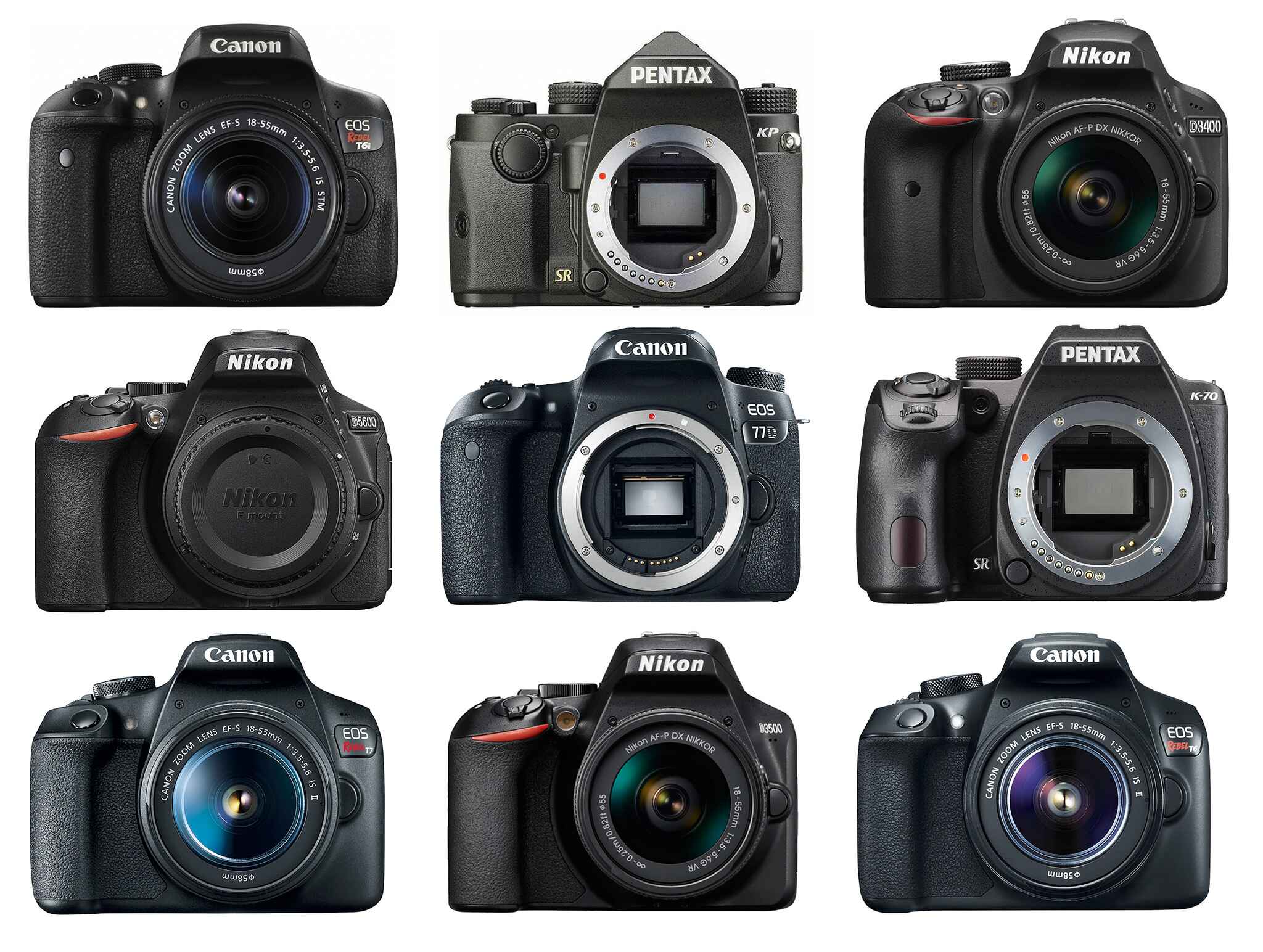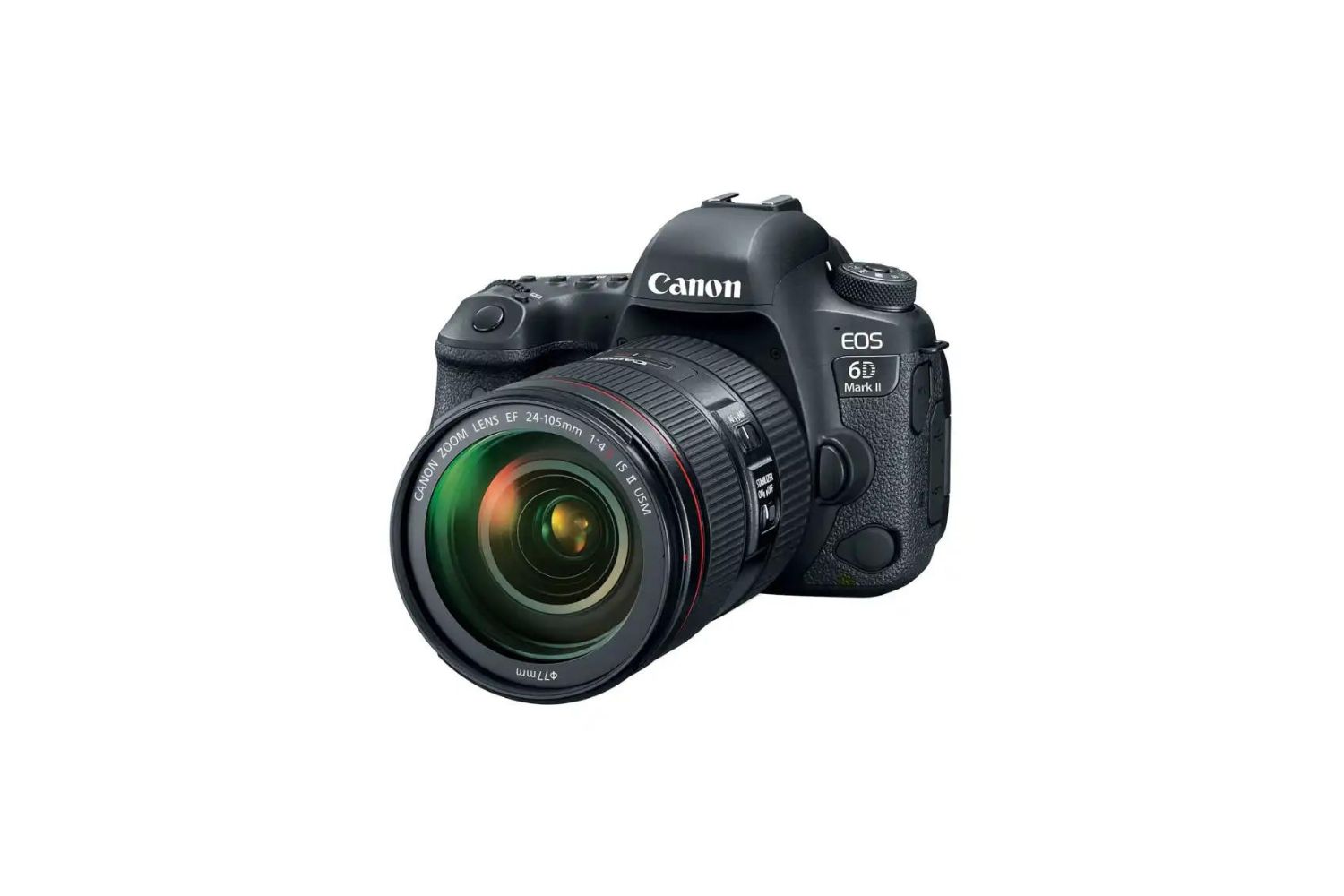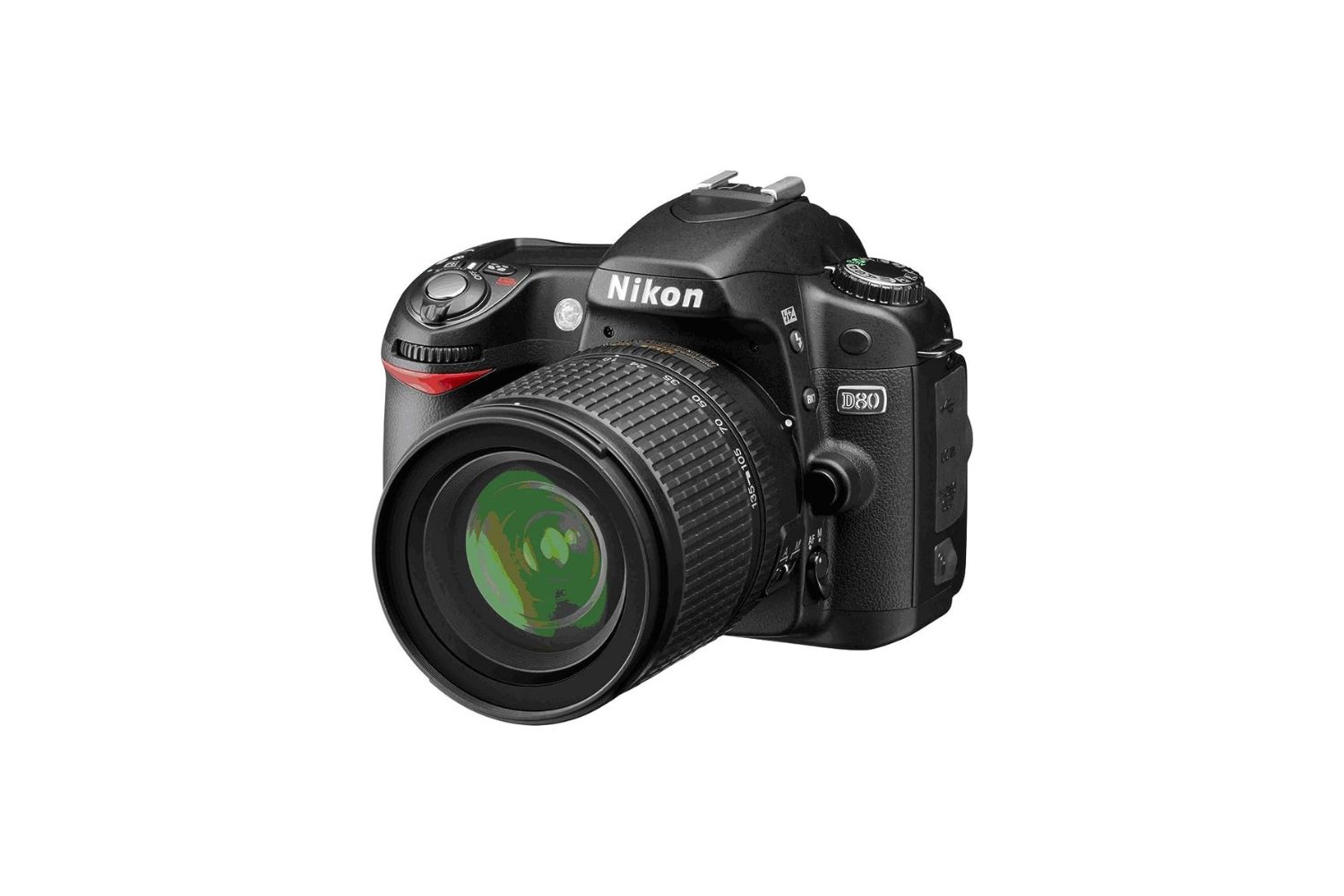Introduction
Welcome to the world of digital photography, where advancements in technology have revolutionized the way we capture and preserve our precious memories. One essential component of a digital single-lens reflex (DSLR) camera is the Complementary Metal-Oxide-Semiconductor (CMOS) sensor. The CMOS sensor plays a crucial role in capturing high-quality images and videos with exceptional clarity and detail.
But what exactly is CMOS, and how does it work in a digital SLR camera? In this article, we will explore the definition of CMOS, delve into its functionality, discuss the advantages of using a CMOS sensor in a DSLR camera, address common misconceptions surrounding CMOS sensors, and provide factors to consider when choosing a digital SLR camera with a CMOS sensor.
Whether you are a photography enthusiast looking to upgrade your gear or simply curious to learn more about the technology behind your camera, this article will provide you with a comprehensive understanding of CMOS and its significance in the world of digital photography.
Definition of CMOS
CMOS stands for Complementary Metal-Oxide-Semiconductor, which refers to the type of sensor used in digital cameras, including DSLRs. It is a technology that allows for the integration of both digital logic and analog components onto a single chip. The CMOS sensor is the heart of a camera as it converts light into electrical signals that can be processed and transformed into digital images or videos.
At its core, CMOS is a semiconductor device that consists of millions of tiny individual light-sensitive elements known as pixels. These pixels are responsible for capturing light information and converting it into electrical signals. Each pixel on the CMOS sensor is a photosensitive element that records the amount of light it receives, typically using a photodiode or a photosite.
Unlike other technologies such as Charge-Coupled Device (CCD), CMOS sensors utilize a unique architecture that allows for each pixel to be read individually. This characteristic grants CMOS sensors several advantages in terms of speed, power efficiency, and flexibility.
The development and widespread use of CMOS technology in digital cameras have significantly improved image quality, providing users with sharper details, better noise performance, and increased dynamic range. These advancements have made CMOS sensors the go-to choice for manufacturers when designing modern DSLR cameras.
Overall, the CMOS sensor’s primary function is to capture light and convert it into electrical signals, unlocking the potential to create stunning photographs and videos with exceptional clarity and detail. Understanding the definition and functionality of CMOS is crucial in appreciating the capabilities and performance of digital cameras equipped with this technology.
How CMOS Works in a Digital SLR Camera
To understand how CMOS works in a digital SLR camera, it’s essential to grasp the fundamental process of capturing digital images. When you press the shutter button on your camera, light passes through the lens and strikes the CMOS sensor. The CMOS sensor then converts the light information into electrical signals, which are then processed to create digital images.
When light hits the CMOS sensor, each pixel within the sensor captures the amount of light it receives. The pixels on the CMOS sensor are arranged in a grid pattern, forming a matrix of individual light-sensitive elements. Each pixel consists of a photodiode or a photosite and a microcircuit that amplifies and converts the light information into electrical signals.
Once the light is converted into electrical signals, these signals are read by an analog-to-digital converter (ADC) on the camera’s sensor. The ADC then converts the analog electrical signals into digital data that can be further processed by the camera’s image processor. The image processor applies various algorithms to enhance the image quality, reduce noise, adjust the colors, and create the final digital image.
One of the key advantages of CMOS sensors is their ability to read each pixel individually. This means that each pixel can be controlled independently, allowing for faster readout speeds and superior performance in dynamic situations, such as capturing fast-moving subjects or shooting in continuous burst mode. Additionally, the individual pixel control enables features like autofocus, image stabilization, and advanced metering systems.
Furthermore, CMOS sensors offer a unique feature called “rolling shutter,” where the sensor scans the image row by row when capturing a photograph or video. This scanning process works in a sequential manner, starting from the top row and moving downwards. While this method can introduce slight image distortions when capturing fast-moving objects, it also allows for faster readout speeds and reduced power consumption.
Overall, the CMOS sensor in a digital SLR camera plays a vital role in capturing light, converting it into electrical signals, and producing high-quality digital images. Its unique architecture and individual pixel control contribute to faster readout speeds, improved performance in dynamic situations, and enhanced image quality.
Advantages of Using a CMOS Sensor in a Digital SLR Camera
The utilization of a CMOS (Complementary Metal-Oxide-Semiconductor) sensor in a digital single-lens reflex (DSLR) camera offers several significant advantages over other technologies, such as CCD (Charge-Coupled Device) sensors. These advantages contribute to improved image quality, enhanced performance, and increased flexibility. Let’s explore some of the key benefits of using a CMOS sensor in a digital SLR camera.
1. Speed and Efficiency: CMOS sensors are known for their fast readout speeds, enabling DSLR cameras to capture images rapidly. This is essential for various photography scenarios, including capturing action-packed moments or shooting in continuous burst mode. The individual pixel control in CMOS sensors contributes to this speed, allowing for faster image data transfer and processing.
2. Low Power Consumption: Compared to other sensor technologies, CMOS sensors consume less power, making them more energy-efficient. This is particularly advantageous for photographers who spend extended periods shooting outdoors or in remote locations where access to power sources may be limited. The low power consumption of CMOS sensors also helps to extend the camera’s battery life.
3. Flexibility in Sensor Design: CMOS sensors offer greater flexibility in terms of sensor design. The integration of analog and digital components on a CMOS chip allows manufacturers to incorporate additional features and functionalities directly into the sensor. This includes autofocus systems, image stabilization mechanisms, and advanced metering systems. The capability to integrate these features at the sensor level results in improved performance and convenience for photographers.
4. Enhanced Dynamic Range: CMOS sensors typically exhibit a wider dynamic range, which refers to the ability to capture details in both shadowed and highlighted areas of an image. This wider dynamic range allows for better preservation of details in high-contrast scenes, ensuring that no critical information is lost. The increased dynamic range of CMOS sensors contributes to more balanced exposures and improved overall image quality.
5. Better Noise Performance: CMOS sensors have made significant advancements in reducing noise levels in digital images. The noise reduction technologies implemented in CMOS sensors help to minimize unwanted image artifacts and produce cleaner, sharper images, even in low-light conditions or high ISO settings. This is especially beneficial for photographers who frequently shoot in challenging lighting situations.
6. Cost-effectiveness: CMOS sensors are generally more cost-effective to produce compared to other sensor technologies. This cost-effectiveness translates to potential savings for consumers when purchasing DSLR cameras with CMOS sensors. As a result, CMOS-based DSLR cameras offer an excellent balance between performance and affordability.
In summary, the use of CMOS sensors in digital SLR cameras provides numerous advantages, including speed and efficiency, low power consumption, flexibility in sensor design, enhanced dynamic range, better noise performance, and cost-effectiveness. These advantages contribute to improved image quality, increased performance, and a more enjoyable photography experience for both amateur and professional photographers.
Comparison between CMOS and CCD Sensors in Digital SLR Cameras
When it comes to digital single-lens reflex (DSLR) cameras, choosing the right image sensor is a critical decision. Two common sensor technologies used in DSLRs are CMOS (Complementary Metal-Oxide-Semiconductor) and CCD (Charge-Coupled Device) sensors. Both offer distinct advantages and drawbacks. Let’s explore the key differences between CMOS and CCD sensors in digital SLR cameras.
1. Sensor Size: CMOS sensors are typically smaller than CCD sensors. The smaller size allows for more compact DSLR camera bodies, making them easier to handle and carry. CCD sensors, on the other hand, tend to be larger, resulting in bulkier camera bodies. However, larger sensor size often translates to better low-light performance and improved dynamic range.
2. Speed and Efficiency: CMOS sensors have the advantage of faster readout speeds. The individual pixel control in CMOS sensors enables quicker image data transfer and processing, making them well-suited for action photography and continuous shooting. CCD sensors, while generally slower in readout speeds, excel in capturing static subjects and producing high-quality images with low noise.
3. Power Consumption: CMOS sensors consume less power compared to CCD sensors. This energy efficiency is advantageous, particularly when shooting for extended periods or in remote locations where power sources may be limited. CCD sensors, due to their higher power requirements, can drain camera batteries more quickly.
4. Noise Performance: CMOS sensors have made significant strides in noise reduction, producing cleaner, less noisy images, especially in low-light situations. CCD sensors tend to exhibit higher noise levels, particularly at higher ISO settings. However, CCD sensors often produce smoother, more film-like noise patterns, which some photographers may prefer over the more distinct noise patterns of CMOS sensors.
5. Price: CMOS sensors are generally more cost-effective to produce, resulting in more affordable DSLR cameras. CCD sensors, with their more intricate and expensive manufacturing process, can contribute to higher camera prices. This affordability factor makes CMOS-based DSLR cameras more accessible to a wider range of photographers.
6. Battery Life: CMOS sensors contribute to extended battery life due to their lower power consumption. Photographers can expect longer shooting sessions without worrying about frequently changing batteries. In contrast, the higher power requirements of CCD sensors can result in shorter battery life, necessitating carrying additional batteries or constant recharging.
7. Image Quality: Both CMOS and CCD sensors can produce high-quality images. CMOS sensors often deliver excellent resolution, greater pixel depth, and better color accuracy. CCD sensors, while typically offering lower resolution, can produce images with smoother tonal gradations and better dynamic range, particularly in well-lit environments.
In summary, CMOS and CCD sensors in DSLR cameras offer distinct advantages and trade-offs. CMOS sensors excel in speed, power efficiency, affordability, and noise reduction, making them suitable for various photography scenarios. CCD sensors, on the other hand, provide benefits in sensor size, low-light performance, and dynamic range. Ultimately, the choice between CMOS and CCD sensors depends on individual preferences, shooting style, and specific photographic needs.
Common Misconceptions about CMOS Sensors in Digital SLR Cameras
CMOS (Complementary Metal-Oxide-Semiconductor) sensors have become the standard in digital single-lens reflex (DSLR) cameras, offering numerous advantages over other sensor technologies. However, there are some common misconceptions surrounding CMOS sensors that need clarification. Let’s debunk these misconceptions and shed light on the truth regarding CMOS sensors in digital SLR cameras.
1. Lower Image Quality: One misconception is that CMOS sensors produce lower image quality compared to other sensor technologies, such as CCD (Charge-Coupled Device) sensors. In reality, CMOS sensors have made significant advancements and can deliver exceptional image quality rivaling or surpassing that of CCD sensors. With improved noise performance, greater pixel depth, and advanced image processing algorithms, CMOS sensors can produce high-resolution, sharp, and vibrant images.
2. Poor Low-Light Performance: It is often believed that CMOS sensors struggle in low-light conditions, resulting in noisy and grainy images. While early CMOS sensors had limitations in low-light performance, modern CMOS sensors have closed the gap and can perform admirably in challenging lighting situations. With advanced noise reduction algorithms and improved pixel sensitivity, CMOS sensors now excel in capturing clear and low-noise images, even at higher ISO settings.
3. Limited Dynamic Range: Another misconception is that CMOS sensors have a limited dynamic range, meaning they struggle to capture details in both shadowed and highlighted areas of an image. However, modern CMOS sensors offer enhanced dynamic range capabilities, allowing for a broader range of tones to be captured, from deep shadows to bright highlights. This increased dynamic range ensures that images retain more detail and a more balanced exposure in high-contrast scenes.
4. Inferior Performance in Fast-Paced Situations: Some believe that CMOS sensors cannot keep up with fast-moving subjects, resulting in motion blur or missed shots. This is not entirely true. CMOS sensors’ individual pixel control allows for faster readout speeds, making them well-suited for capturing action with minimal motion blur. Additionally, the integration of advanced autofocus and tracking systems at the sensor level further enhances the performance of CMOS-based DSLR cameras in fast-paced situations.
5. CMOS Sensors are Fragile: There is a misconception that CMOS sensors are more delicate and prone to damage compared to CCD sensors. While it is important to handle any camera sensor with care, CMOS sensors are designed to withstand typical usage without any issues. DSLR manufacturers take measures to protect CMOS sensors with anti-static coatings and durable materials, making them reliable and durable for everyday shooting.
6. Limited Depth of Field: Some believe that CMOS sensors inherently produce a shallower depth of field, making it harder to achieve a sharp focus across the entire image. In reality, the depth of field is primarily affected by the lens aperture and focal length, rather than the sensor type. With proper lens selection and settings, photographers can achieve a desirable depth of field using CMOS sensors, just as they would with any other sensor technology.
It is important to dispel these misconceptions about CMOS sensors in digital SLR cameras. CMOS technology has evolved significantly over the years, offering outstanding image quality, improved low-light performance, enhanced dynamic range, and excellent performance in fast-paced situations. Understanding the capabilities and advancements of CMOS sensors can help photographers make informed decisions when choosing a DSLR camera.
Factors to Consider When Choosing a Digital SLR Camera with a CMOS Sensor
When selecting a digital single-lens reflex (DSLR) camera with a CMOS (Complementary Metal-Oxide-Semiconductor) sensor, several factors should be considered to ensure you make an informed decision that best aligns with your photography needs and preferences. Let’s explore these factors to help you choose the right DSLR camera with a CMOS sensor.
1. Sensor Size: The size of the CMOS sensor can significantly impact image quality and overall camera performance. APS-C and full-frame are the two common sensor sizes in DSLR cameras. The larger the sensor, such as a full-frame sensor, the better low-light performance and potential for shallower depth of field. Consider your shooting requirements and budget when deciding between sensor sizes.
2. Megapixel Count: Megapixel count determines the resolution of the images you can capture. High megapixel counts are beneficial for photographers who require larger prints or the ability to crop extensively. However, it’s crucial to bear in mind that megapixels alone do not guarantee superior image quality. Consider your output needs and the importance of resolution when evaluating megapixel counts.
3. ISO Performance: ISO sensitivity determines how well a camera can handle low-light situations. CMOS sensors in DSLR cameras generally offer excellent ISO performance, with newer models pushing the limits even further. Consider the ISO range and the noise performance at higher ISO settings to ensure your camera can handle various lighting conditions and produce high-quality images.
4. Autofocus System: The autofocus system plays a critical role in capturing sharp and properly focused images. Consider the number of autofocus points and their coverage across the frame. Look for DSLR cameras with advanced autofocus systems that utilize phase-detection autofocus (PDAF) in the sensor for fast and accurate focus acquisition, especially for subjects in motion.
5. Burst Mode and Continuous Shooting Speed: If you engage in sports photography or any other fast-paced subjects, consider the burst mode capability and the continuous shooting speed of the DSLR camera. CMOS sensors, with their faster readout speeds, enable higher frames per second (fps) in burst mode. Ensure the camera’s burst mode and continuous shooting speed meet your requirements for capturing action sequences effectively.
6. Video Capabilities: If you intend to use your DSLR camera for videography, pay attention to its video capabilities. CMOS sensors are well-suited for recording high-quality videos, but the camera’s video resolution, frame rates, and available video features, such as manual controls and microphone inputs, should be considered based on your specific video requirements.
7. Lens Compatibility: DSLR cameras offer interchangeable lenses, providing versatility and customization options for different photographic genres. Consider the lens mount system of the CMOS-based DSLR camera and explore the availability of lenses in that mount. Assess whether the camera supports a wide range of lenses that meet your photography needs, including prime lenses, zoom lenses, and specialty lenses.
8. Ergonomics and Controls: The design, ergonomics, and layout of the DSLR camera are essential considerations for comfortable handling and intuitive operation. Pay attention to the camera’s build quality, grip, button placements, and menu system. Ensure the camera’s controls and interface align with your shooting style and preferences for a seamless photography experience.
9. Price and Value: Finally, consider the price and overall value of the CMOS-based DSLR camera. Determine your budget and prioritize the features that are most important to you. Evaluate the camera’s specifications and performance in relation to its price, ensuring that you are getting the best value for your investment.
By considering these factors, you can make a well-informed decision when selecting a digital SLR camera with a CMOS sensor. Carefully assess your photography needs, shooting style, and preferences to find a camera that provides the features, image quality, and performance you seek.
Conclusion
Choosing a digital single-lens reflex (DSLR) camera with a CMOS (Complementary Metal-Oxide-Semiconductor) sensor opens up a world of possibilities in the realm of digital photography. CMOS sensors offer numerous advantages, including speed, efficiency, low power consumption, enhanced image quality, and versatility. By understanding the functionality and benefits of CMOS sensors, you can make an informed decision when selecting a DSLR camera.
Consider important factors such as sensor size, megapixel count, ISO performance, autofocus capabilities, burst mode, and continuous shooting speed to ensure your chosen camera meets your specific photography needs. Evaluate the camera’s video capabilities, lens compatibility, ergonomics, and overall value to ensure a seamless and enjoyable photography experience.
Remember, CMOS sensors have come a long way, debunking common misconceptions about their image quality, low-light performance, and dynamic range. Modern CMOS sensors offer outstanding image quality, low noise at high ISO settings, and excellent performance in fast-paced situations. They provide photographers with the tools they need to capture stunning images and videos.
Ultimately, the choice of a DSLR camera with a CMOS sensor depends on your shooting style, preferences, and budget. Take the time to research and compare different camera models, seeking the best combination of features, performance, and affordability.
With the right CMOS-based DSLR camera, you can unleash your creativity, capture precious moments, and bring your photographic vision to life. Whether you’re a beginner starting your photography journey or a seasoned professional seeking cutting-edge technology, a DSLR camera with a CMOS sensor is a powerful tool that will help you elevate your photography to new heights.







